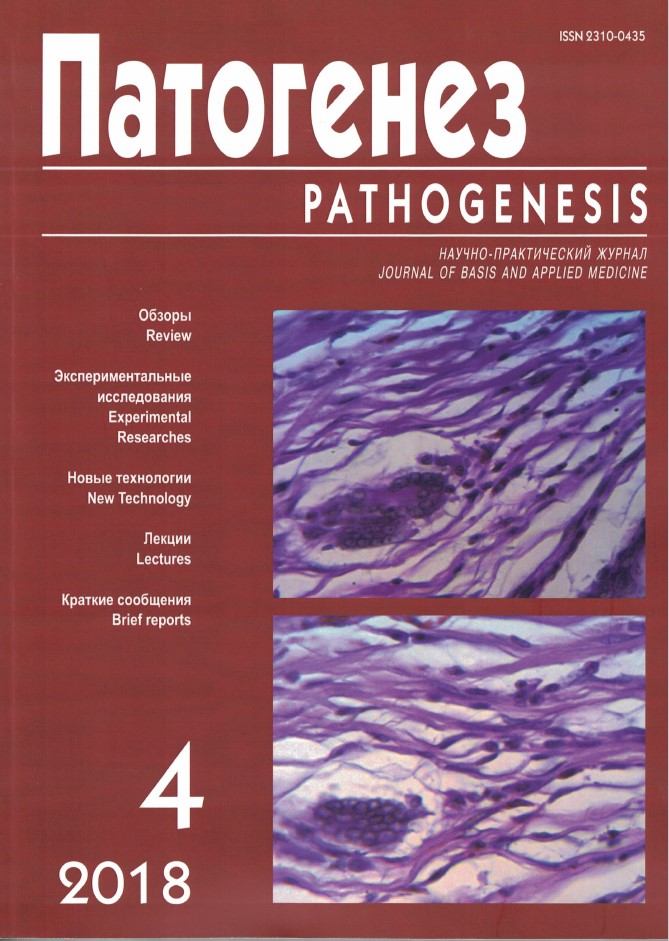Effect of a composite mixture of native and oligomeric forms of the α-synuclein protein upon intranasal administration on aging mouse behavior
Abstract
One of the most important steps in the pathogenesis of synucleinopathies, a group of chronic neurodegenerative diseases, such as Parkinson’s disease, dementia with Lewy bodies and others, is overproduction of α-synuclein protein, followed by its aggregation and formation of amyloidogenic protein species, which differ in their size and structure and initiate death of nerve or glial cells. At present, better understanding of in vivo pathological processes requires studying behavioral effects of both the native α-synuclein protein and its individual amyloidogenic structures (oligomers and fibrils) obtained and characterized in vitro on animal models, as well as composite mixtures of these protein conformations. The aim of this work was to study effects of chronic nasal application of a composite mixture of native α-synuclein protein and α-synuclein oligomers on motor activity, short-term and long-term memory, and anxiety of aging mice. Methods. Experiments were carried out on 12-month old male C57Bl/6 mice, which received a solution of α-synuclein and its oligomers or a saline solution separately into each nostril for 14 days daily. Motor activity, short- and long-term memory and anxiety of animals were evaluated in Open Field, Novel Object Recognition, Conditioned Passive Avoidance, and Elevated Plus Maze tests. Results. The studied composite mixture of α-synuclein conformations did not induce statistically significant changes in behavioral indices of aging mice. At the same time, we have previously documented that in a similar experimental protocol, native α-synuclein initiates a decrease in motor activity, and α-synuclein oligomers - inhibition of motor activity and disorders of long-term memory and anxiety. Conclusion. The results indicated less pronounced behavioral effects of the composite mixture of native and oligomeric forms of α-synuclein compared with its individual components. The authors discussed possible mechanisms of the behavioral effects of the studied composite mixture of α-synuclein confirmations.




